QuestionI have just bought a second hand fish tank witha light, filter and heater, I do not how to set it up properly and what temperature the tank should be, if the heater should be submerged
AnswerDear Brady, Welcome to this facinating hobby!
The first thing all beginners should know about setting up an aquarium is "cycling". Without cycling, it would be impossible to keep any aquarium healthy longterm.
What is cycling? Simply the establishment of special beneficial bacteria whom preform a very important job in consuming and converting dangerous ammonia into less toxic compounds like nitrite and nitrate. Nitrite is second after ammonia and but still almost as toxic, later more bacteria convert nitrite into the least harmful of all nitrate. Ammonia is a by-product of fish waste, and without a cycled aquarium--will buildup to dangerous levels enough where fish will certainly succumb and all will fail (literally).
How do you "cycle" and aquarium? A newly setup aquarium is "sterile" in that no special bacteria are present. If you add a whole bunch of fish within days of setup, the fish will suffer from ammonia and worse. Cycling is a slow process, the bacteria grow and establish slolwy colonizing every available surface inside your aquarium. In order for the bacteria to being establishing however, they need a food souce in the form of ammonia. There are both fish cycling and fishless cycling. To make things easier, we'll focus on fish cycling. But first it's important to make sure everything in your aquarium is setup properly-
((Note: because this aquarium is second hand, you may want to fill it up outdoors to check for any leaks beforehand)
~The aquarium should be on an appropriate tank stand for it's size
~About an inch of gravel, more is not better unless a planted aquarium is preferred. Natural is better longterm.
~Aquarium Safe decorations--some decorations like plastic figurines which aren't meant to be in the aquarium can leach toxic chemicals in the water
~A under protective glass cover to prevent water from reaching the lightbulb. Actual light of course.
~Filter. Depending on the type, the most common filter is the "Hang-on-back" type power filter or "HOB" filter. This should be hung on the back of the aquarium and have an appropriate new cartridge for it's setup. Make sure the impeller is in it's proper place.
~Heater. Most non-submersible heaters have a special design meant to be hung on the back. But some heaters are submersible and usually don't have a special "hang-on" design. Never plug the heater in while out of the water!!!
~Don't plug anything in yet. You can fill the aquarium with trips from the tap. But you can also drag a water hose in and fill your aquarium that way if it is large.
Now add the appropriate amount of water conditioner. Most HOB filters need to be "primed" by filling them with water before pluging them in. Hopefully everything will run smoothly.
Your heater will take time to heat the water. Depending on what species of fish you are keeping, a general guide is 76-78 Degrees F. Most heaters have a dial to set. *Let everything run and check the temperature the next day. If it is cold, it is possible you might have an inferior heater, or it may need to be turned up just a tiny bit.
((Other things you will need to keep an aquarium are))
*aquarium siphon for water changes Plus a 5gal Bucket
*aquaium thermometer to moniter temperature
*Test kits for ammonia, nitrite and nitrate
*4 inch fish net--brine shrimp nets are better on the fish
*Water conditioner*
Once you get the temperature set and stable and the filter is running smoothly and the water is dechlorinated. You can now attempt cycling. If you can, I recommend the hardiest cyclers I know of. Black tetras, also known as Black skirts or Black widows. Depending on your aquarium size, one black skirt per 10gallons is fine. You can give him friends once the aquarium is cycled. NO matter what. Do not add ANYMORE fish until the aquarium is cycled. I cannot stress this enough.
*Acclimation
Acclimate your new black tetra to your aquarium's water and chemistry by first floating the bag with the aquarium light off for 20 minutes. Keep an eye on your watch or clock. Then take a clean (never use soap, detergents, or chemicals of any kind) 1 gal pitcher and set the bag inside, carefully propping it open. Now add half a cupful of aquarium water every 5 minutes. This may seem like a lot of work but it is better for the health of the fish to slowly adjust them to your aquarium's chemistry (in terms of pH, hardness, alkalinity) as it can be different from the petstore. Once the bag is nearly full, take a wet net and gently catch your tetra and carefully release him into your aquarium. Hopefully he won't be too scared, black tetras are quite tough and brave little creatures.
Now you have just begun.
*Cycling*
Test your water the day after adding your black skirt tetra. If all is well and ammonia is not above safe bounds, don't worry. If it is--do an immediate 30-50% water change to avoid stressing your little fish. Remember to always make the replacement water equal in temperature to that of your aquarium and always dechlorinate it.
-Feed lightly. Give your cycling fish no more than 1 tiny flake per day. Later when the aquarium is cycled. Your tetra can have more food and more variety. But for now, it's better for his health to avoid as much extra pollution as possible.
~Now you will be testing your water everyday for ammonia and nitrite. -First you may get some ammonia readings, if it is above safe bounds, do a 30 percent water change. They may rise and fall depending on your individual situation. Next you will get nitrite readings as time goes on. These levels may rise or fall just depending on your aquarium. Later, nitrate will begin to appear and you know you're almost home when it appears. Once your ammonia and nitrite fall to zero and nitrate rises. Your aquarium has cycled!!!
*Please be patient, this takes time. Usually 4-6 weeks, just depends.
*Stocking*
Once your aquarium has cycled you can consider is safe to add a few more fish.. But remember slow stocking is best to avoid any jumps in ammonia which would trigger another mini-cycle due to the new bioload on the aquarium. Testing after each new arrival is best. Stock no more than 2-3 fish per week or every two weeks. Knowing how much your aquarium can hold is very tricky and most recommendations by petstores are false unfortunately. The famous 1 inch per gallon cannot be applied to every fish. Always try to understock.
*Maintainance and commitment*
Owning an aquarium that is healthy and sucessful for years to come takes lots of knowledge and understanding. Remember to do research before you buy any fish. The sure way to fail is to buy on impulse. Every fish is different and requires a totally different care regimen from another. Researching and deciding what species are compatible that you are interested in before you buy is the first step in responsible fish care.
Aquarium maintenance takes a little time and effort. Weekly/twice weekly water changes MUST be made. Fish simply cannot live in the same old dirty water again and again. A water change is the most important thing you can do for your fish and this is something that must never be neglected. A water change is simple, take an aquarium siphon and bucket and drain the required water while vacumming the gravel. I cannot say a general recommendation for precentages of water change because it simply doesn't apply to every aquarium. Other maintenance routines are cleaning the filter ( in old aquarium water), wiping the glass sides--it's best to leave algae on the sides and back for fish to nibble on, wiping the cover glass of water spots or algae, possibly plant trimming ect.. Aquarium maintenance takes little time at the most maybe an hour or two. What little effort that is put into an aquarium is rewarded with a beautiful aquarium with healthy, thriving fish. Any neglect will most certainly send things downhill.
Fishkeeping is an enjoyable and relaxing hobby as long as it's done right. I do hope this has helped you out in your aquarium setup. Let me know if I've left anything out and feel free to write with anymore concerns.
Best wishes to you and your new aquarium!!!
Karen~

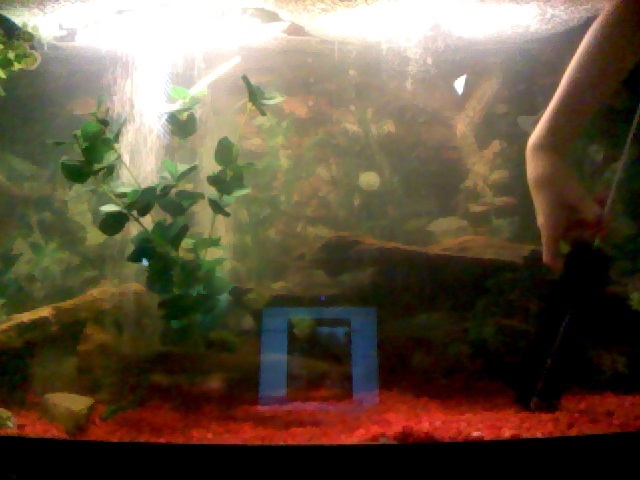 important please help
Question
catfish
hello I have a 12 inch yellow bullhead
important please help
Question
catfish
hello I have a 12 inch yellow bullhead
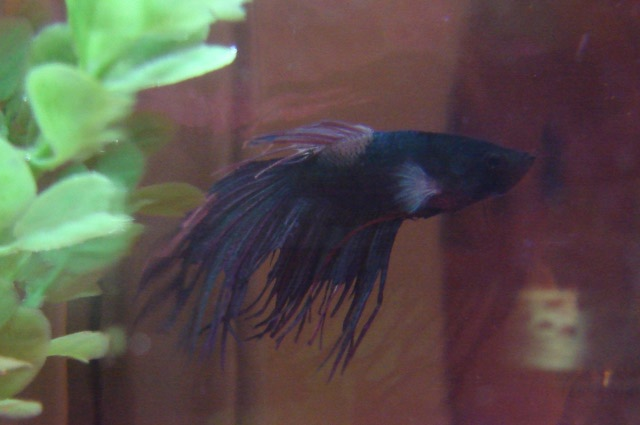 Transitioning sick betta to better habitat
Question
"Chemo" Illness
Last summer,
Transitioning sick betta to better habitat
Question
"Chemo" Illness
Last summer,
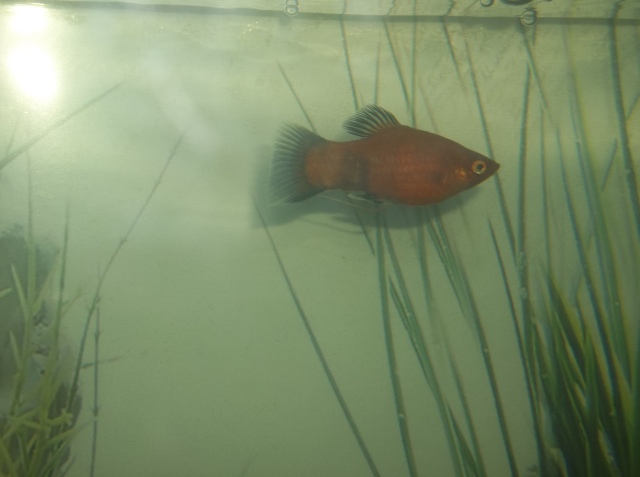 RED WAG PLATY SICK?
QuestionQUESTION: I HAVE A 60 GAL TANK WITH BRACKISH WA
RED WAG PLATY SICK?
QuestionQUESTION: I HAVE A 60 GAL TANK WITH BRACKISH WA
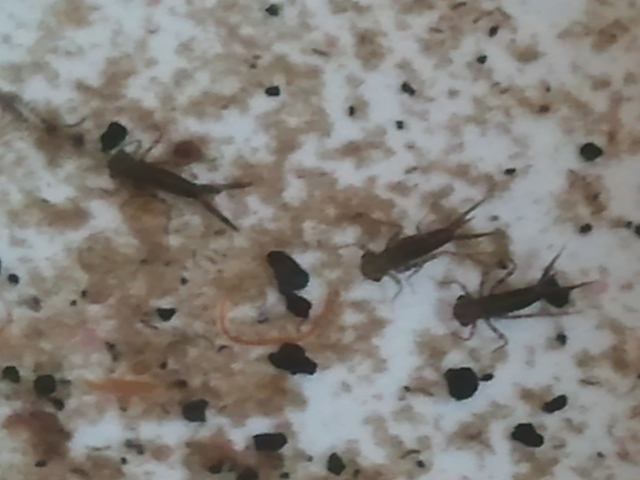 Found brown bugs in my filter!
Question
Bugs in tank
I cant find this answer an
Found brown bugs in my filter!
Question
Bugs in tank
I cant find this answer an
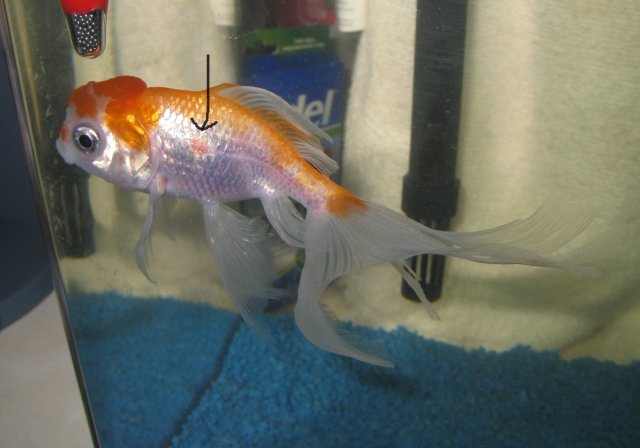 4 yr goldfish red spot
QuestionMy Goldfish
QUESTION: My goldfish sudden
4 yr goldfish red spot
QuestionMy Goldfish
QUESTION: My goldfish sudden